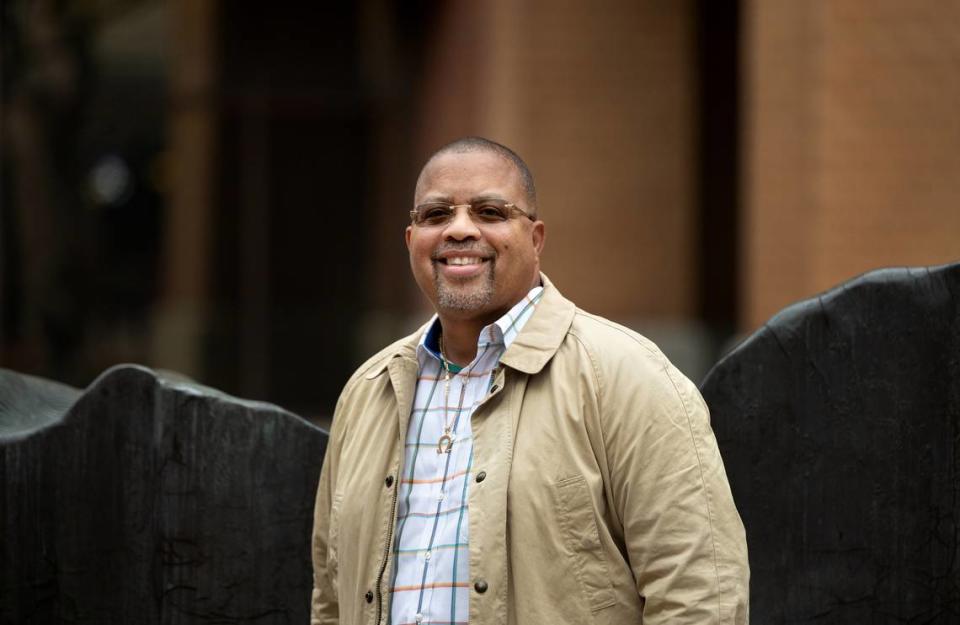Modesto students traveling to visit historical Black colleges. Why is that important?
Since 2006, the Modesto City Schools district has worked to offer students tours of historically Black colleges and universities on the East Coast, exposing them to the legacies of these schools.
This year, 85 students will be on the tour. To qualify, students had to submit essays that included details of their volunteerism. Those chosen will not have to pay for the trip, which is scheduled for March 17-22.
The students were evaluated by Modesto City Schools Board of Education President John Ervin III, district equity specialist Fallon Ferris and two teachers.
Ervin said he believes there needs to be more exposure of college options to students, especially Black students in the district, and he realized HBCUs were an opportunity for them.
He believes HBCUs can fill the void California schools are not filling for some students and provide a cultural experience.
“I visited HBCUs in the ’80s and ’90s and always felt I missed out on this cultural educational opportunity,” Ervin said. “My sister attended Grambling State University, an HBCU in Louisiana. I wanted our students to have the opportunity to experience a cultural transformation through education.”

HBCUs are institutions established prior to 1964 whose principal mission is the education of Black Americans. Prior to that time, many Black Americans were barred from attending accredited universities due to segregation and racism.
In 2023, The U.S. Department of Education identified 102 HBCUs serving around 228,000 students, primarily residing in the South and on the East Coast. Some of the most famous HBCUs include Howard University, Spelman College and Morehouse College.
Sezria Serrano, a junior at Enochs High School, went on the tour last year. Active on her campus with multiple organizations, she is the second vice president of her school and the youth president of United Black Student Unions of California, a nonprofit organization.
“HBCUs are tremendously important for people such as myself,” she said. “They allow people of the younger generations and older generations that have not seen Black success to now fully see how many beautiful, accomplished Black people there are.“
Serrano said her favorite moment of the tour was experiencing the Alpha Phi Alpha fraternity stroll at Clark University in Georgia. She was in awe, watching everyone step aside for their stroll out of respect.
This moment motivated her to join a sorority when she attends a HBCU within the next two years.
What are the “Divine Nine” organizations?
Many HBCUs have “Divine Nine” organizations, also known as historically Black sororities and fraternities which were founded between 1906-1963 and collectively have over a million members globally. The Divine Nine organizations were also created in response to racial segregation and disenfranchisement.
The Divine Nine include: Alpha Phi Alpha fraternity, Alpha Kappa Alpha sorority, Kappa Alpha Psi fraternity, Omega Psi Phi fraternity, Delta Sigma Theta sorority, Phi Beta Sigma fraternity, Zeta Phi Beta sorority, Sigma Gamma Rho sorority and Iota Phi Theta fraternity.
Of the nine Greek organizations, five were founded at Howard University.
After graduating, Serrano hopes to attend an HBCU where she will pursue a bachelor’s of science to become a dental hygienist.
“Being able to experience the HBCU life will shape me greater as a person because of the different culture that I’ll live through compared to the predominantly white high school that I attend currently,” she said.
To inquire about how and when to apply for a future HBCU tour, email Ferris.F@monet.k12.ca.us.


